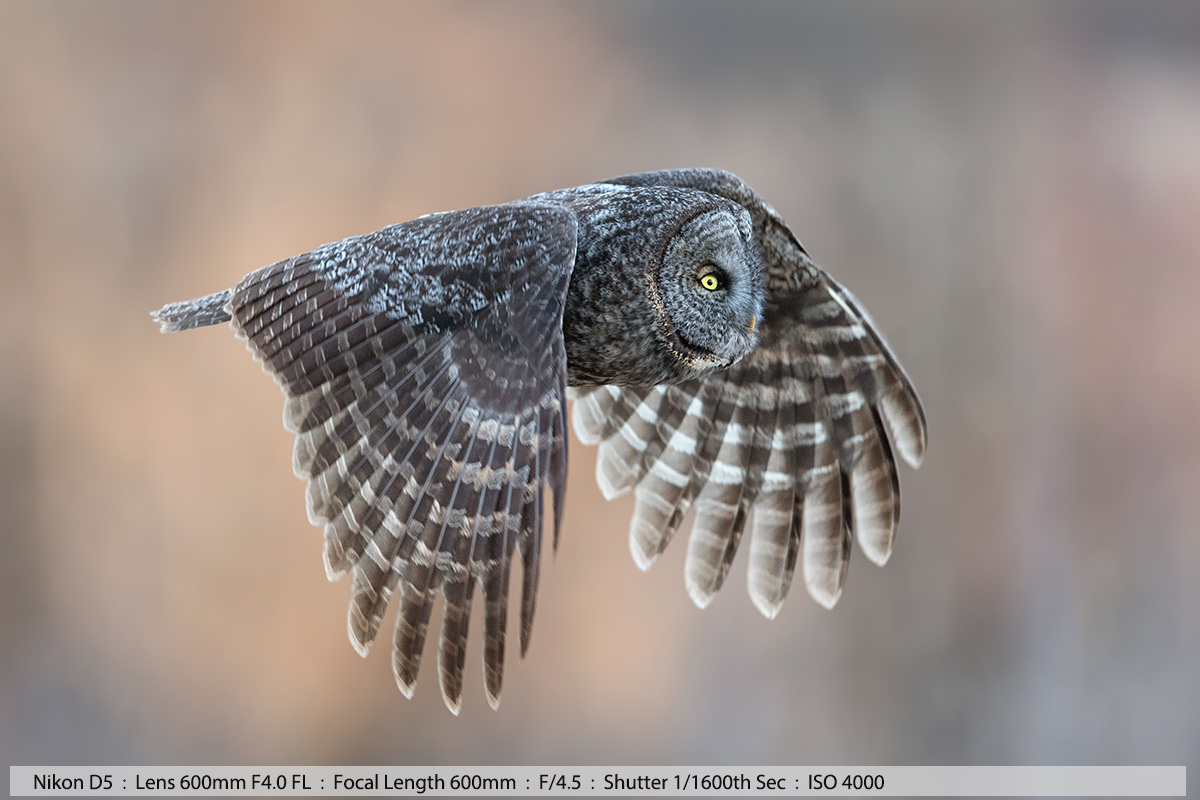Lens: Picking the Appropriate Equipment for Animal Photoshoots
Grasping the beauty of nature's creatures through photography is a passion that a lot of fans hold dear. Wildlife photography presents unique challenges and opportunities, demanding a discerning gaze and the right tools to capture moments of wild wonder. Whether you're aiming to photograph the majesty of a gliding eagle or the delicate grace of a deer in a natural setting, the selection of photographic device can heavily influence your results.
With a wide array of photography equipment on the shelf, choosing the ideal one for wildlife photography can seem overwhelming. Factors such as processing speed, lens options, and image quality play key roles in your choices. As you set out on this path to discover the perfect camera, it's crucial to consider not just your experience, but also the environments and animals you plan to photograph. By grasping the nuances of various camera types and specifications, you can improve your wildlife photography and create awe-inspiring photos that evoke wonder.
Crucial Features for Wildlife Photography
When picking a camera for wildlife photography, focus performance is paramount. Wildlife can be capricious and swift, making a quick and precise autofocus system important. Look for cameras that have multiple autofocus points and enhanced tracking capabilities. This capability helps ensure that you can keep your focus in view, whether it's a bird in flight or a stag bounding through the woods.
Another vital feature is the camera's burst shooting speed. Wildlife often exhibit momentary moments that can be gone in the flash of an eye. A camera capable of shooting at elevated frames per second gives you the best chance of capturing those pivotal moments. Additionally, think about cameras with bigger buffers, which can process multiple images quickly, especially in detailed modes.
Finally, low-light performance is critical in animal photography. Many wildlife interactions occur during dawn or dusk when natural light is limited. Seek cameras with larger sensors and higher ISO capabilities to handle these difficult conditions while reducing noise. This ensures you can capture sharp, colorful images even in dim light conditions, making your wildlife photography more effective.
Categories of Cameras to Think About
When choosing a camera model for animal photography, the kind of device plays a vital role in capturing the ideal moments. Digital SLR cameras are favored choices due to their flexibility, fast autofocus systems, and ability to swap lenses. They excel in low light situations, making them suitable for early morning or late evening shoots when many animals are especially active. With a broad range of available lenses, photographers can select options that suit various needs, from wide-angle shots of habitats to telephoto lenses for capturing distant subjects.
Mirrorless cameras have gained popularity in the photography community for their small design and advanced technology. These devices offer equivalent performance to Digital Single-Lens Reflex cameras but are typically lighter, making them easier to carry on long hikes or treks. With outstanding autofocus capabilities and video features, mirror-less cameras allow for capturing high-speed action and can be particularly beneficial for photographing birds and other wildlife in movement. Additionally, their silent shooting modes can help avoid startling animals.

Small cameras, including advanced point-and-shoot models, can also be a great option for those not wanting to hauling heavy gear. Though they may not provide the identical depth of control as Digital Single-Lens Reflex cameras or mirror-less systems, many compact cameras offer superb zoom capabilities and high image quality. camtura are especially advantageous for casual photographers or those just beginning with animal photography, offering a blend of ease and utility without sacrificing too much on performance.
Optics Choice for Animal Photography
Picking the ideal lens is crucial for capturing the splendor and nuances of nature. Generally, a long-focus lens is advised as it enables wildlife photographers to preserve a secure space while getting intimate shots. Lenses in the spectrum of 200 to 600mm are common selections among nature photographers because they offer the necessary reach to snag creatures in their natural while not interrupting them.
A fast f-stop is also an essential component to consider. Lenses with wider f-stops, such as f/2.8, f/4, can create gorgeous photos with nice background blur, separating the main focus from its surroundings. This is especially helpful in nature photography, where interruptions are common. Additionally, a lens with image stabilization can assist create clear images even at longer shutter speeds, which can be beneficial when photographing creatures that may not consistently remain motionless.
Ultimately, keep in mind the weight and dimensions of the optic. Animal photography often involves extended periods of trekking and waiting for the perfect capture. A bulky optic can lead to weariness and influence your photographing experience. Many photographers opt for portable telephoto optics that supply flexibility and comfort yet avoiding losing on picture quality. Finding a balance between portability with quality is essential to making sure you are equipped for any animal experience.